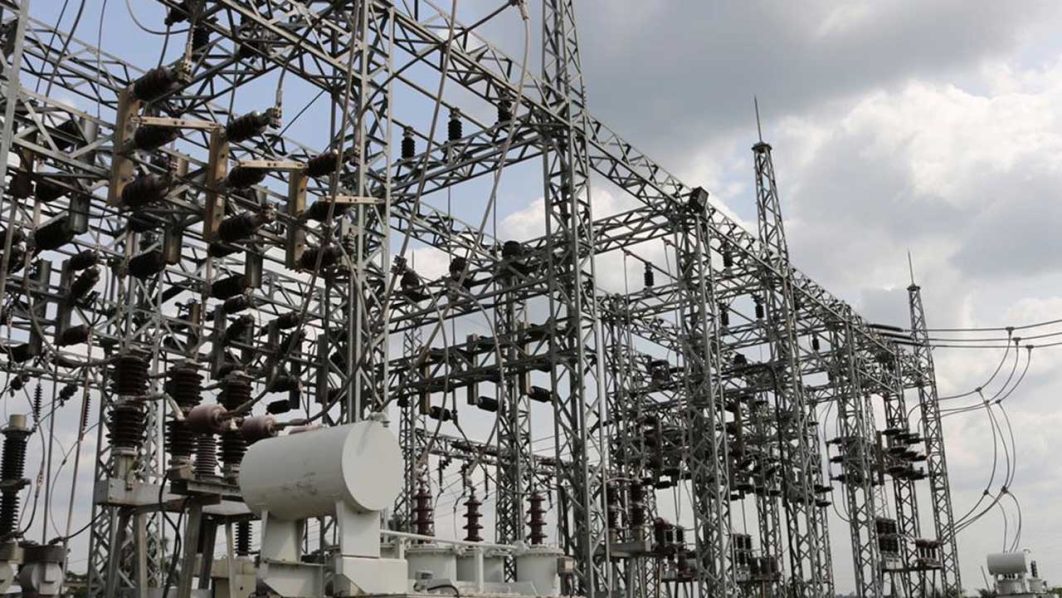Despite decades of heavy investment and numerous reform initiatives, Nigeria’s power sector continues to grapple with deep-seated inefficiencies and underperformance. The national grid remains unable to transmit the full capacity generated by the country’s power plants, leading to significant energy losses and persistent shortfalls in electricity supply to homes and industries.
Recent performance data show that, of Nigeria’s total installed generation capacity of approximately 13,625 megawatts (MW), only around 5,200 MW was actually available for dispatch to the grid. This reflects a Plant Availability Factor of roughly 38 percent, revealing the extent to which aging infrastructure, gas supply issues, and operational constraints continue to undermine the sector’s reliability. However, even this limited amount of power could not be fully utilized due to the grid’s technical limitations. As a result, an estimated 4,091 megawatt-hours per hour (MWh/h) of potentially available energy was effectively lost, depriving the economy of much-needed power.
While a few plants — including major hydro and thermal stations — maintained relatively strong performance levels, the overall picture underscores the fragility of Nigeria’s electricity ecosystem. The national grid, which serves as the backbone of the country’s transmission network, has long struggled with bottlenecks that prevent it from absorbing the full generation output from power producers. This mismatch between generation and transmission capacity continues to result in frequent load shedding, voltage instability, and widespread outages.
Recognizing that technical challenges are only part of the problem, the Federal Government has embarked on a comprehensive financial stabilization effort aimed at restoring liquidity, boosting investor confidence, and strengthening the commercial framework of the electricity market. Central to this initiative is the implementation of a debt-reduction and payment plan designed to clear long-standing arrears owed to power generation companies and gas suppliers. These debts, accumulated over years of market inefficiencies and underpayment, have strained the finances of energy producers, limiting their ability to invest in maintenance and expansion.
Under the new framework, government-backed bonds totaling several trillions of naira will be issued to settle verified obligations within the value chain. The move signals a decisive effort to address the structural debt overhang that has for years deterred private capital and hindered sectoral reform. It also marks the first time in nearly a decade that the government has introduced a coordinated mechanism to reconcile financial imbalances while simultaneously encouraging fresh investment into power generation, transmission, and distribution.
In addition to the debt intervention, authorities are prioritizing policies aimed at improving grid resilience and modernizing critical infrastructure. Plans are underway to expand transmission capacity, enhance grid automation, and integrate new technologies that can accommodate both conventional and renewable energy sources. Efforts are also being made to close the national metering gap, streamline tariff structures, and ensure that subsidies are more effectively targeted at vulnerable consumers rather than broadly applied across the system.
Beyond the financial and infrastructural reforms, attention is increasingly shifting toward creating a more transparent and predictable regulatory environment. By improving cost-reflective pricing, encouraging private participation, and aligning national energy policy with long-term sustainability goals, the government aims to transition from short-term crisis management to a model of steady, reliable power delivery.
If effectively executed, these measures could mark a turning point for Nigeria’s electricity sector — transforming it from a perennial source of economic constraint into a driver of industrial growth and national development. However, success will depend on consistent policy implementation, disciplined financial management, and the collective commitment of all stakeholders to sustain reform momentum beyond the initial phase of intervention.






Post comments (0)